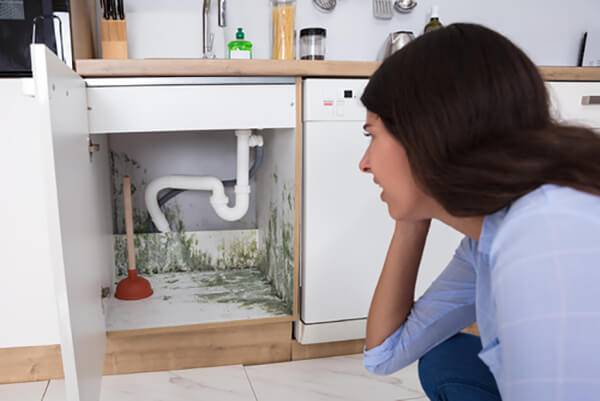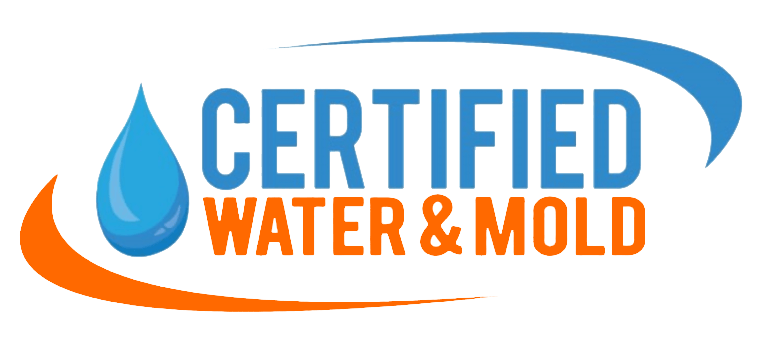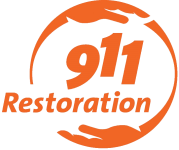Certified Water & Mold Restoration, LLC

CONTACT US
- 2021 B East Spruce Circle Olathe, KS 66062.
- 816-835-4959
- mike@cwmrestoration.com
BUISNESS LISTINGS
How to Prevent Mold in Your Home
Spot Trouble Zones
Certain places in your home are more susceptible to mold growth than others, including:
• Crawlspaces
• Attics
• Kitchens
• Bathrooms
• Laundry rooms
• Basements
Inspect these areas frequently for signs of mold, such as:
• Lingering musty odors
• Visible growth (mold can be black, green, brown, or white)
• Flu-like symptoms that dissipate when you leave the space
Address Standing Water
Mold needs moisture to grow, so it is important to address any standing water in your home immediately. This includes:
• Repairing leaky pipes and faucets
• Fixing drainage problems
• Cleaning up spills promptly
• Dehumidifying damp areas
Other Tips for Preventing Mold
• Improve ventilation. Mold thrives in stagnant air, so it is important to improve ventilation in your home. This can be done by opening windows, running fans, and installing vents.
• Control humidity. Mold also thrives in high humidity. Keep the humidity level in your home below 60% by using a dehumidifier.
• Keep your home clean. Regularly clean and disinfect all surfaces, especially in areas where mold is likely to grow.
• Use mold-resistant materials. When remodeling or building a new home, use mold-resistant materials, such as mold-resistant drywall and paint.
• Improve ventilation. Mold thrives in stagnant air, so it is important to improve ventilation in your home. This can be done by opening windows, running fans, and installing vents.
• Control humidity. Mold also thrives in high humidity. Keep the humidity level in your home below 60% by using a dehumidifier.
• Keep your home clean. Regularly clean and disinfect all surfaces, especially in areas where mold is likely to grow.
• Use mold-resistant materials. When remodeling or building a new home, use mold-resistant materials, such as mold-resistant drywall and paint.
• Improve ventilation. Mold thrives in stagnant air, so it is important to improve ventilation in your home. This can be done by opening windows, running fans, and installing vents.
• Control humidity. Mold also thrives in high humidity. Keep the humidity level in your home below 60% by using a dehumidifier.
• Keep your home clean. Regularly clean and disinfect all surfaces, especially in areas where mold is likely to grow.
• Use mold-resistant materials. When remodeling or building a new home, use mold-resistant materials, such as mold-resistant drywall and paint.
• Improve ventilation. Mold thrives in stagnant air, so it is important to improve ventilation in your home. This can be done by opening windows, running fans, and installing vents.
• Control humidity. Mold also thrives in high humidity. Keep the humidity level in your home below 60% by using a dehumidifier.
• Keep your home clean. Regularly clean and disinfect all surfaces, especially in areas where mold is likely to grow.
• Use mold-resistant materials. When remodeling or building a new home, use mold-resistant materials, such as mold-resistant drywall and paint.
• Improve ventilation. Mold thrives in stagnant air, so it is important to improve ventilation in your home. This can be done by opening windows, running fans, and installing vents.
• Control humidity. Mold also thrives in high humidity. Keep the humidity level in your home below 60% by using a dehumidifier.
• Keep your home clean. Regularly clean and disinfect all surfaces, especially in areas where mold is likely to grow.
• Use mold-resistant materials. When remodeling or building a new home, use mold-resistant materials, such as mold-resistant drywall and paint.
• Improve ventilation. Mold thrives in stagnant air, so it is important to improve ventilation in your home. This can be done by opening windows, running fans, and installing vents.
• Control humidity. Mold also thrives in high humidity. Keep the humidity level in your home below 60% by using a dehumidifier.
• Keep your home clean. Regularly clean and disinfect all surfaces, especially in areas where mold is likely to grow.
• Use mold-resistant materials. When remodeling or building a new home, use mold-resistant materials, such as mold-resistant drywall and paint.
• Improve ventilation. Mold thrives in stagnant air, so it is important to improve ventilation in your home. This can be done by opening windows, running fans, and installing vents.
• Control humidity. Mold also thrives in high humidity. Keep the humidity level in your home below 60% by using a dehumidifier.
• Keep your home clean. Regularly clean and disinfect all surfaces, especially in areas where mold is likely to grow.
• Use mold-resistant materials. When remodeling or building a new home, use mold-resistant materials, such as mold-resistant drywall and paint.
• Improve ventilation. Mold thrives in stagnant air, so it is important to improve ventilation in your home. This can be done by opening windows, running fans, and installing vents.
• Control humidity. Mold also thrives in high humidity. Keep the humidity level in your home below 60% by using a dehumidifier.
• Keep your home clean. Regularly clean and disinfect all surfaces, especially in areas where mold is likely to grow.
• Use mold-resistant materials. When remodeling or building a new home, use mold-resistant materials, such as mold-resistant drywall and paint.
• Improve ventilation. Mold thrives in stagnant air, so it is important to improve ventilation in your home. This can be done by opening windows, running fans, and installing vents.
• Control humidity. Mold also thrives in high humidity. Keep the humidity level in your home below 60% by using a dehumidifier.
• Keep your home clean. Regularly clean and disinfect all surfaces, especially in areas where mold is likely to grow.
• Use mold-resistant materials. When remodeling or building a new home, use mold-resistant materials, such as mold-resistant drywall and paint.
• Improve ventilation. Mold thrives in stagnant air, so it is important to improve ventilation in your home. This can be done by opening windows, running fans, and installing vents.
• Control humidity. Mold also thrives in high humidity. Keep the humidity level in your home below 60% by using a dehumidifier.
• Keep your home clean. Regularly clean and disinfect all surfaces, especially in areas where mold is likely to grow.
• Use mold-resistant materials. When remodeling or building a new home, use mold-resistant materials, such as mold-resistant drywall and paint.
• Improve ventilation. Mold thrives in stagnant air, so it is important to improve ventilation in your home. This can be done by opening windows, running fans, and installing vents.
• Control humidity. Mold also thrives in high humidity. Keep the humidity level in your home below 60% by using a dehumidifier.
• Keep your home clean. Regularly clean and disinfect all surfaces, especially in areas where mold is likely to grow.
• Use mold-resistant materials. When remodeling or building a new home, use mold-resistant materials, such as mold-resistant drywall and paint.
• Improve ventilation. Mold thrives in stagnant air, so it is important to improve ventilation in your home. This can be done by opening windows, running fans, and installing vents.
• Control humidity. Mold also thrives in high humidity. Keep the humidity level in your home below 60% by using a dehumidifier.
• Keep your home clean. Regularly clean and disinfect all surfaces, especially in areas where mold is likely to grow.
• Use mold-resistant materials. When remodeling or building a new home, use mold-resistant materials, such as mold-resistant drywall and paint.
• Improve ventilation. Mold thrives in stagnant air, so it is important to improve ventilation in your home. This can be done by opening windows, running fans, and installing vents.
• Control humidity. Mold also thrives in high humidity. Keep the humidity level in your home below 60% by using a dehumidifier.
• Keep your home clean. Regularly clean and disinfect all surfaces, especially in areas where mold is likely to grow.
• Use mold-resistant materials. When remodeling or building a new home, use mold-resistant materials, such as mold-resistant drywall and paint.
• Improve ventilation. Mold thrives in stagnant air, so it is important to improve ventilation in your home. This can be done by opening windows, running fans, and installing vents.
• Control humidity. Mold also thrives in high humidity. Keep the humidity level in your home below 60% by using a dehumidifier.
• Keep your home clean. Regularly clean and disinfect all surfaces, especially in areas where mold is likely to grow.
• Use mold-resistant materials. When remodeling or building a new home, use mold-resistant materials, such as mold-resistant drywall and paint.
• Improve ventilation. Mold thrives in stagnant air, so it is important to improve ventilation in your home. This can be done by opening windows, running fans, and installing vents.
• Control humidity. Mold also thrives in high humidity. Keep the humidity level in your home below 60% by using a dehumidifier.
• Keep your home clean. Regularly clean and disinfect all surfaces, especially in areas where mold is likely to grow.
• Use mold-resistant materials. When remodeling or building a new home, use mold-resistant materials, such as mold-resistant drywall and paint.







